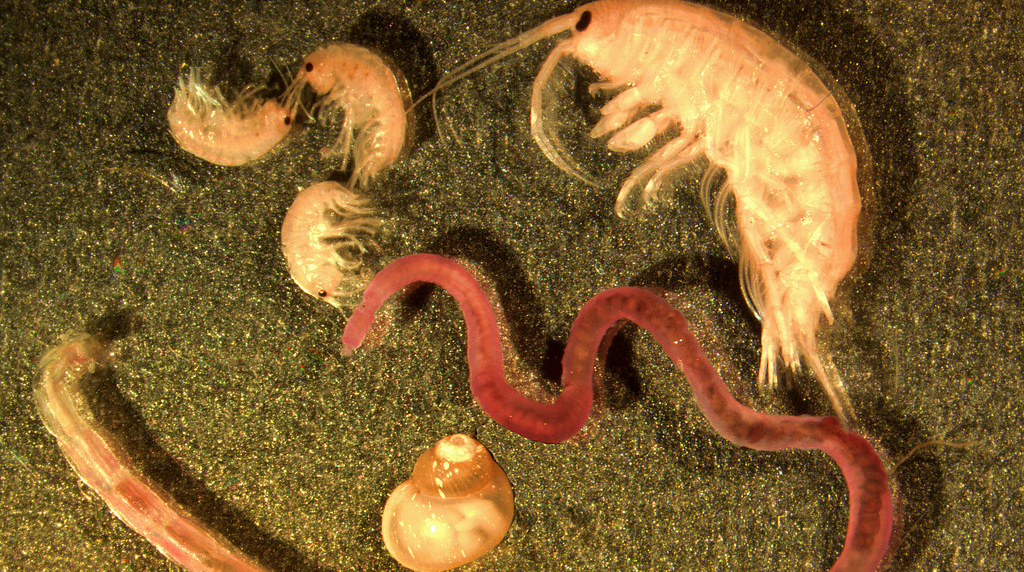July 01, 2016
Isotopic signatures can be used to identify biogeochemical processes and estimate their rates. For example, insight into the preferential uptake of isotopically light nitrogen (N) during N2 gas fixation and N2 gas production through processes such as denitrification and anammox help constrain marine fixed nitrogen budgets. However, the impacts of N2 gas production by marine sediments vary widely. A recent ECOGIG study evaluates what controls the isotopic imprint of N2 gas production in marine sediments.
As most sediment N2 gas production occurs in the coastal ocean, where benthic macrofauna (animals that live in the sediment such as clams and worms) are common, ECOGIG researchers Jurjen Rooze and Dr. Christof Meile established a numerical model that accounts for the advection (transport) of isotopes by these organisms that pump water into and out of the sediment. They found that the redox conditions of the sediment (based on the amount of oxygen in the sediment) control the benthic nitrogen isotope effect. Strongly oxidizing (lots of oxygen) or reducing (minimal to no oxygen) conditions lead to most nitrogen isotope fractionation, with least fractionation under moderate conditions. As the pumping of oxygen and nitrate into the sediment has a large impact on the prevailing redox conditions, the presence of benthic organisms has a significant impact on the N isotope balance of the world’s oceans.
Isotopes are powerful tracers to study the fate of hydrocarbons, and the methods developed for modeling benthic nitrogen isotope effects can be used in the Gulf of Mexico. Jurjen Rooze and Dr. Christof Meile plan to apply their model to cold seep sediments, which are also dominated by advection, and use stable carbon isotope signatures to get an idea of the oxidation rates of methane and other hydrocarbons. Model simulations using the rich data sets collected as part of ECOGIG will provide a foundation to assess the response of the GoM sediment to perturbations.
To read more, you may access the entire paper "The effect of redox conditions and bioirrigation on nitrogen isotope fractionation in marine sediments" here.


















 back to top
back to top